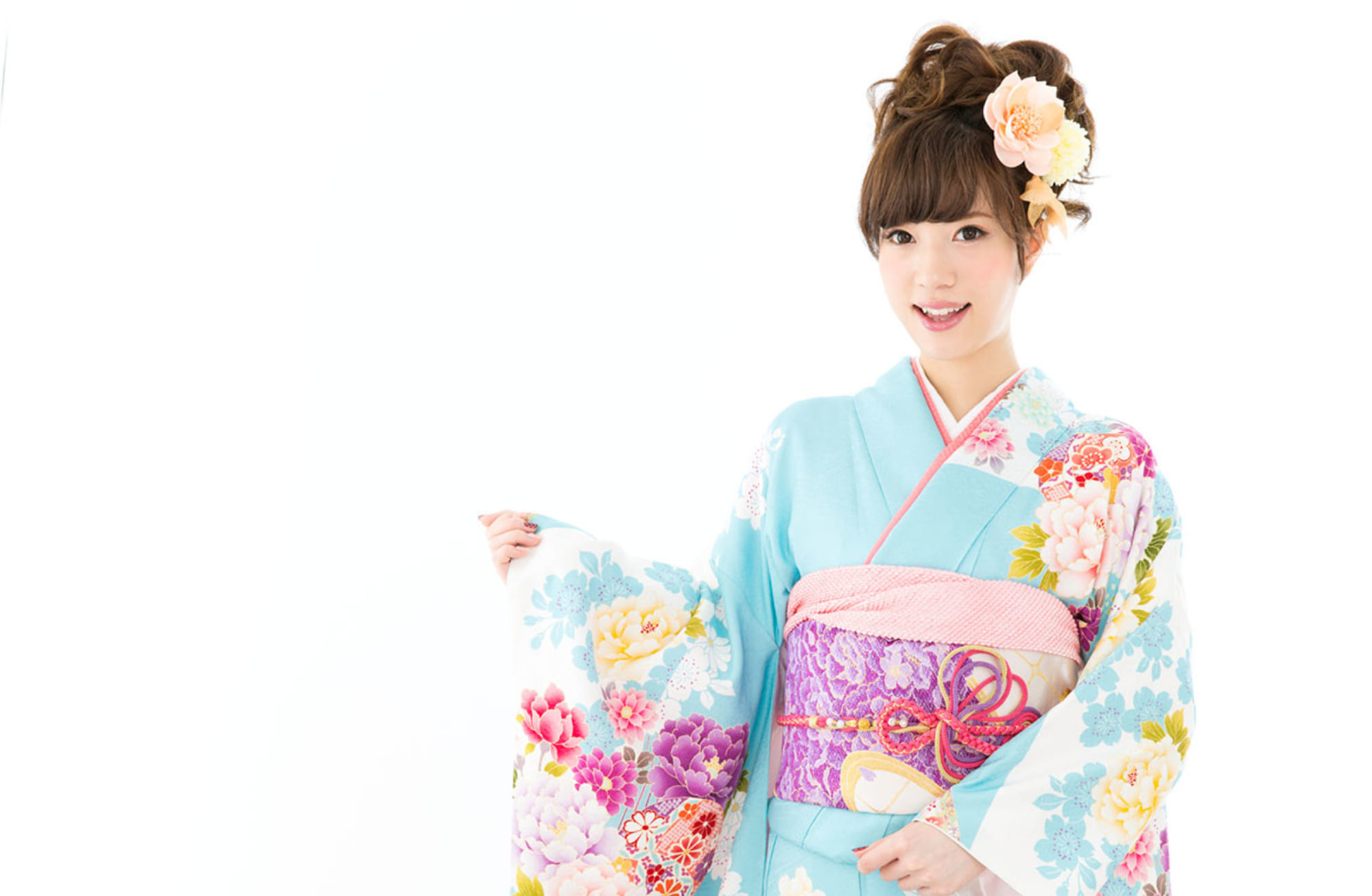Tsuzure ori ( tapestry weaving )
A weaving technique that is also found in Gobelins and Coptic tapestries, Persian Kilim and Incan textiles. It is woven using the same technique as plain weave, but unlike in plain weave, the weft threads hide the wrap threads completely.
Colored threads are woven back and forth repeatedly to created patterns and borders. It was brought to Japan from China during the Asuka/Nara period, but the fabric woven was weak and had limited uses and in time, ceased to be produced. During the Edo period, weaving technique from the Song and Ming dynasties spread to Japan again, and tsuzure ori, with its artistic designs, started to be produced.
Gold/silver and colored weft threads are completely wrapped around the wrap threads, which requires skills beyond those required for Nishijin ori.
While a tool called “osa” is usually used for weaving, a comb or fingernails filed and shaped like a comb are used to separate the threads for making detailed and intricate designs.
Tsuzure ori obi fabric came to be used during the recovery period after the second World War.
[quote style=”boxed”]In Japanese
綴織
世界各地に古くからみられる織りの一種で、ヨーロッパのゴブラン織り、コプト織、やペルシャのキリム、インカの織物などタピストリーででも知られます。布の組織としては平織りと同じですが、平織りでは経糸緯糸が半々に表に出ますが、綴織では経糸がまったくみえない織目になります。色糸で緯糸が折り返され往復していくことで文様や絵柄の輪郭を描きます。飛鳥から奈良時代に中国から伝わりましたが、生地が弱く、用途が限られるなどの欠点のため織られなくなりました。その後江戸時代になって再び宋・明代の技法が再びもたらされて絵画的な意匠を得意とする綴織が製作されるようになりました。
金銀糸や色糸の緯糸に、経糸を綴るように織られ、経糸が緯糸に包まれていく、西陣織の手法でも特に高度な技術が必要とされます。
またふつうは筬という器具で緯糸を打ち込むのですが、綴れは櫛や指先の爪を櫛のように削って緯糸を掻き寄せていくので緻密で絵画的な表現豊かな織物になります。
帯地として現在に知られる綴織は、戦後の復興期に入ってよく使われるようになりました。
[/quote]
